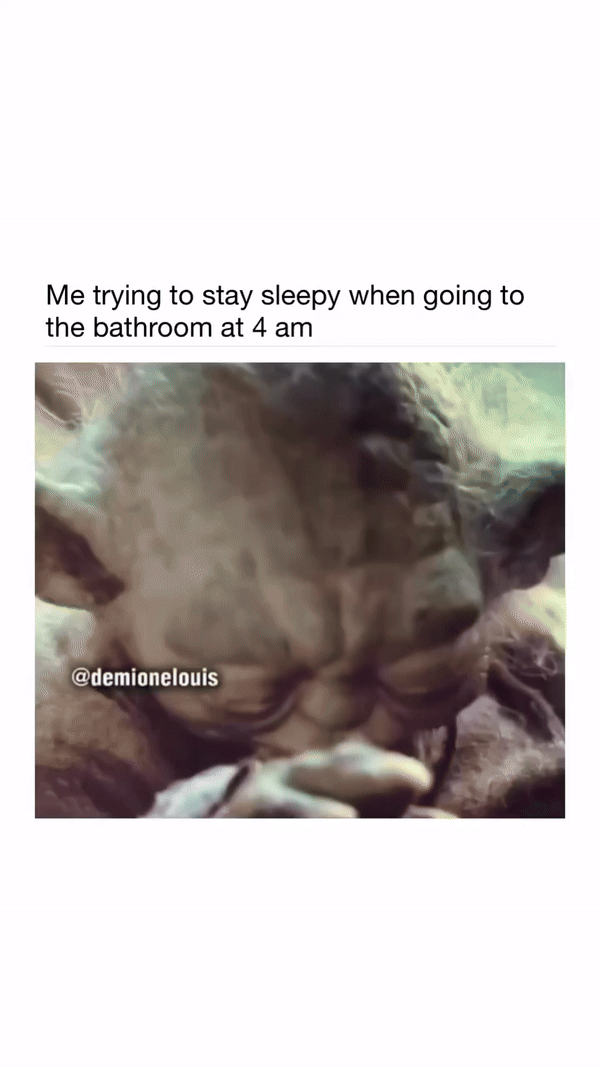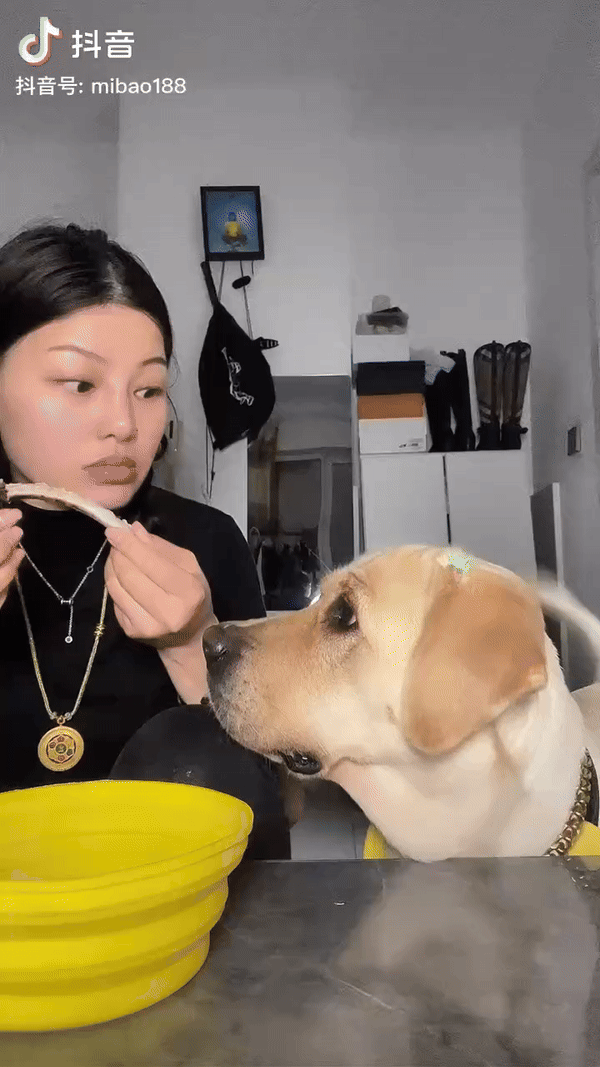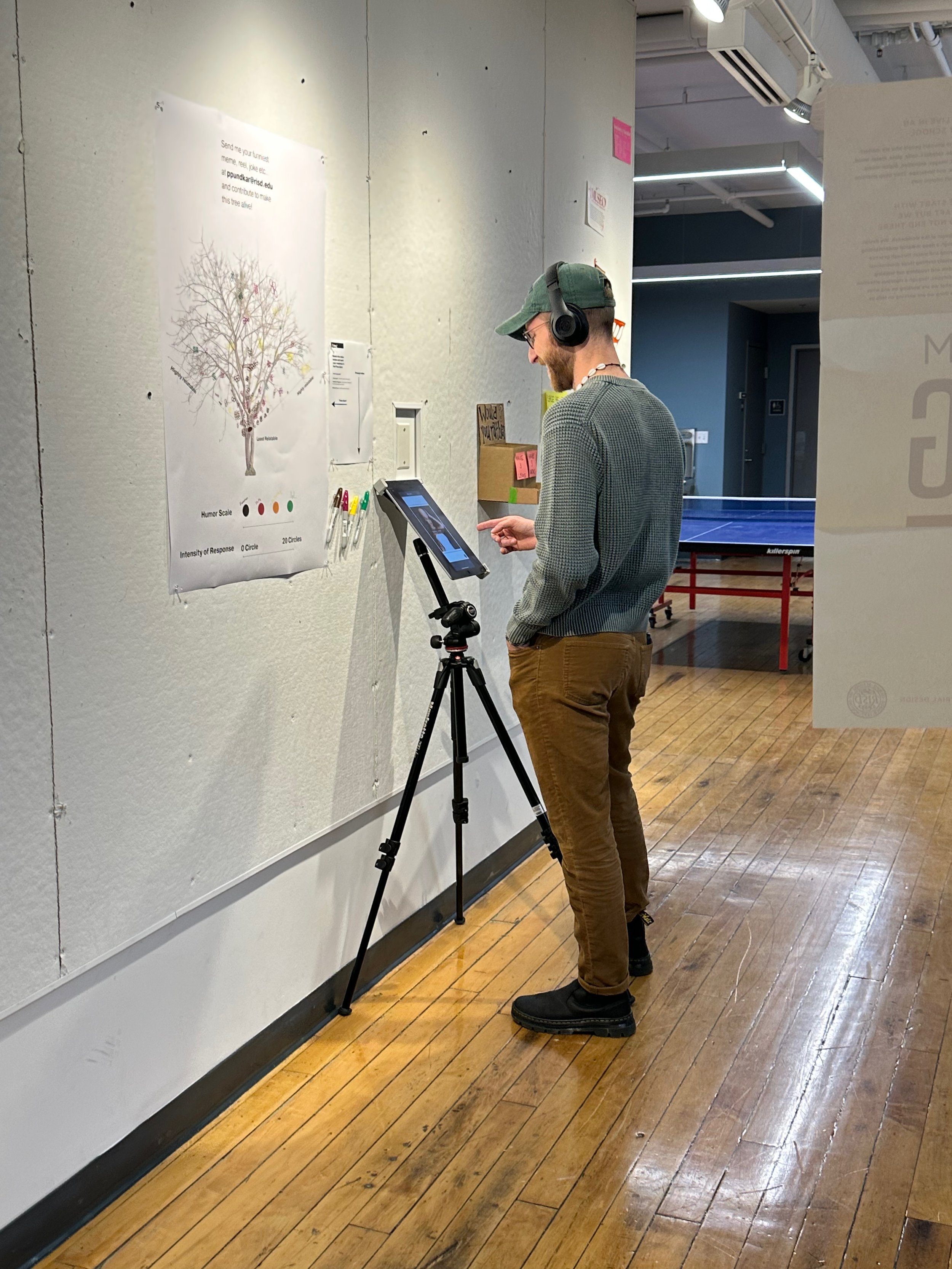
Interactive Smile Art

This project forms a crucial part of an experimental design study aimed at deciphering and reinterpreting smiles, humor, and laughter as distinct forms of energy. It seeks to transform these energies into unique art forms through the use of advanced technology. The study is structured around two primary experiments:
The first segment of the experiment delves into the nuances of humor as it resonates across different cultural landscapes. The focus here is to comprehend how humor is perceived and reciprocated in diverse cultural settings and to assess its subsequent impact. This understanding is further enhanced using AI-driven imagination, providing a novel lens to view the interplay of humor and culture.
The second part of the experiment adopts a more inclusive approach. It invites individuals from varied cultural backgrounds to engage in the process of art creation, driven by their distinctive smiles. This phase utilizes a sophisticated smile detection algorithm. The algorithm not only identifies smiles but also translates them into calibrated, unique art pieces, thereby celebrating the diversity and uniqueness of each participant's expression.
Through these experiments, the project aims to establish a symbiotic relationship between human emotional expressions and artistic creation, underscored by the power of technology and AI.
Experiment 1 : Humor Prompts
I started by working with people from various places, who speak different languages and have different cultures. I asked them to share the jokes or funny ideas they like most to help with the project. Here are some examples of the funny ideas they shared.












Responses
The response chart was designed considering the contextual understanding the humor in cross-cultural settings and how the outcome of responses can be interpreted in a meaningful way.
I defined three parameters - Relatability of the humor, Intensity of humor, and Intensity of response. Individuals took part in the experiment by responding to the humor prompt collected, which involved the act of drawing leaves on the tree while adhering to specific predefined parameters.










Responses recorded over the period of one week
Documented responses on tree chart morphed into real tree imagination using generative AI
Final high resolution interpretation triggered from the collected responses.
Experiment 2: Smile Art
The second experiment is centered around a participatory design, which aims to organically encourage individuals and society to smile. This approach is founded on the belief that every smile is inherently beautiful and unique. In this experiment, participants are invited to share their smiles with a camera. These smiles are then transformed into unique floral artworks that are displayed on a projector screen.

In the video, the participant creates art using a smile.















Intent
The key aspect of this artistic representation is that it captures and reflects the beauty and uniqueness of each individual's smile. This visual depiction on the screen not only celebrates the diversity of smiles but also serves as an interactive element, inspiring more people to join in and contribute their own smiles to the collective art. The underlying idea is akin to the concept of a contagious smile, symbolizing how positivity and joy can spread throughout society, thereby enhancing the overall happiness and quality of life within the community. This experiment not only highlights the aesthetic value of smiles but also their power in fostering a more connected and joyful society.










Tools used in the project.
Adobe Illustrator
Dall E
Python
Cables. Gl
Nocodb
Runway






